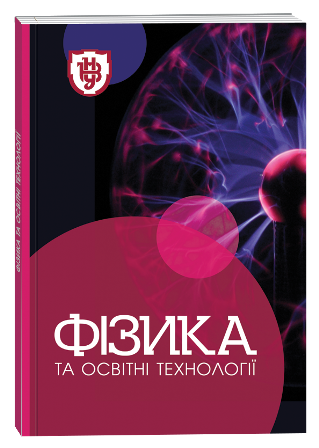QUANTUM-CHEMICAL SIMULATION OF EAC TRANSFORMATIONS OF TUNGSTEN-CONTAINING MELTS ON THE SURFACE OF A GLOSSARY CARBON ELECTRODE
DOI:
https://doi.org/10.32782/pet-2023-2-6Keywords:
Tungsten-containing melt, electrode surface, electrochemically active complex, adsorption energyAbstract
In this paper, a quantum-chemical study of the adsorption processes of individual tungsten atoms on a glassy carbon surface was carried out. The prerequisite for conducting this study was the study of the mechanism of formation of electrochemically active particles in a reaction medium (tungstate-containing melt) with their subsequent electroreduction on the surface of a glassy carbon electrode. The work uses the quantum chemical method of density functional theory (DFT). The DFT calculation of the adsorption energy of tungsten on the electrode surface and the calculation of the structural and charge characteristics of the studied systems were performed. The surface of the glassy carbon electrode in the work is presented in the form of a carbon cluster, which consists of two layers of carbon saturated with hydrogen atoms to eliminate edge effects. Two positions of the tungsten atom relative to the surface of the electrode were established – the top position (on top) and the hollow position (hollow). The stability of the obtained configurations was evaluated on the basis of the obtained values of total energies. It was found that the top position (on top) with the adsorption energy Eads = -7.08 eV/atom and one W-С bond is less stable, while the adsorption energy in the (hollow) position is -8.33 eV/ atom. It is assumed that the hole position (on top) can be the center of nucleation of tungsten atoms. However, upon relaxation, the W atom can move from the specified position to the position of available vacancies. Based on the obtained energy and structural data of the investigated systems, the dependence of the interaction energies in the Сn/W system on the sorbate-sorbent distance in both considered positions of the tungsten atom in relation to the cluster of the electrode surface (on top and hollow positions) was constructed. The obtained results at the qualitative level can be formulated into general patterns for all possible similar (molybdenum-, tantalum-, niobium-containing) systems.
References
Зборщик А.М. Тугоплавкі метали. Запоріжжя: ЗНУ, 2008. 253 с. URL: http://uas.su/books/newmaterial/8/razdel8.php/.
Zhang Y.О. Microstructures and рroperties of high-entropy alloys. Progress in Mater. Sci. 2014. № 61.
Lu Z. P. An assessment on the future development of high-entropy alloys: Summary from a recent workshop. Intermetallics. 2015. № 66.
Solianyk L.О. The influence of nano-size active particles of a melt and an electrode surface on the processes of charge transfer on interfacial boundary electrode/melt. J. Nano-Electron. Phys. 2022. № 14. Р. 06030-1–06030-3.– URL: https://doi.org/10.21272/jnep.14(6).06030.
Firefly and PC GAMESS /Firefly version 8.0.1. Access mode. Alex A. Granovsky. URL: http://classic.chem.msu.su/gran/games/forum/discussion.html/.
Соловйов В.В., Черненко Л.О. Моделювання поверхні твердого тіла в рамках кластерного наближення. Фізика і хімія твердого тіла. 2004. № 5. С. 488-492.
Соляник Л.О. Реакції електронного переносу на межі «поверхня твердого тіла-розтоп» при синтезі наноматеріалів в умовах катіонного каталізу. Фізика та освітні технології. 2022. № 2. С. 39-44.








